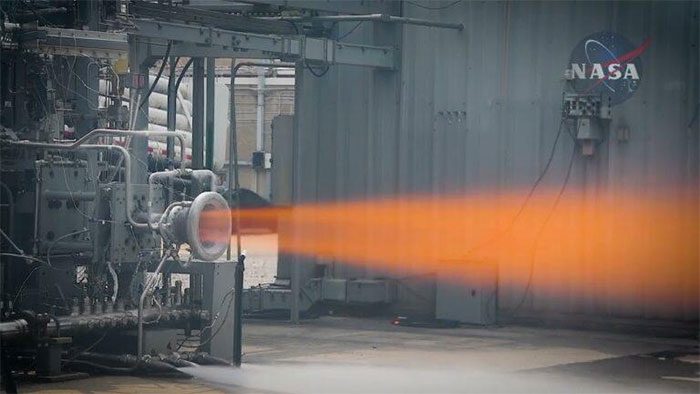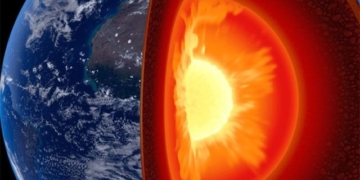NASA has recently conducted a test of a rocket engine nozzle created using 3D printing technology at the Marshall Space Flight Center in Alabama.

Testing the 3D-printed rocket engine nozzle.
The project was conducted in collaboration between NASA and two partners: Elementum 3D based in Colorado and RPM Innovations located in South Dakota.
This initiative is part of the Reactive Additive Manufacturing for the Fourth Industrial Revolution (RAMFIRE) project by NASA. RAMFIRE combines 3D printing and aluminum to reduce manufacturing time and weight, lower costs, and potentially enable production in space.
Previously, aluminum was not used in spacecraft manufacturing due to its tendency to heat up and crack during welding. However, the 3D printing technique employed by NASA addresses these issues by eliminating the need for welding and creating small channels within the metal that allow it to cool, preventing melting.
John Vickers, the principal investigator of the RAMFIRE project, stated that projects like RAMFIRE will help develop new propulsion systems to support NASA’s ambitious missions to the Moon, Mars, and beyond.


















































